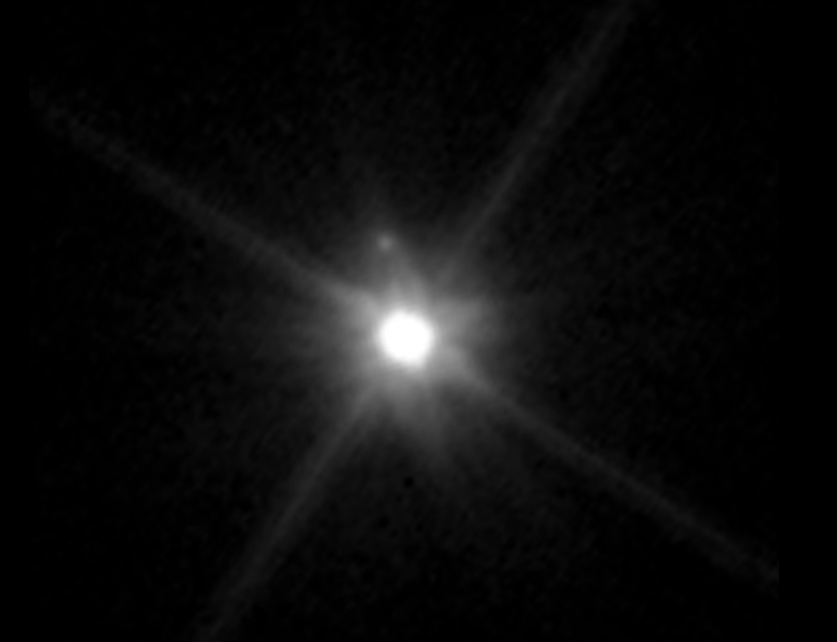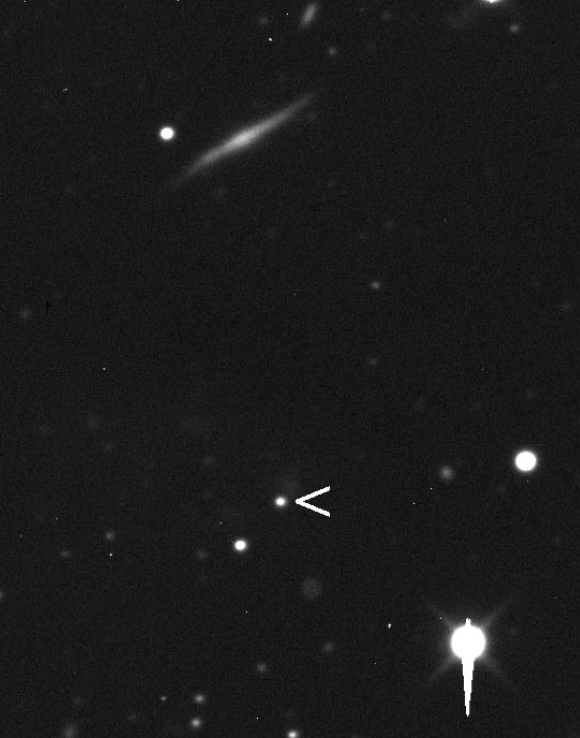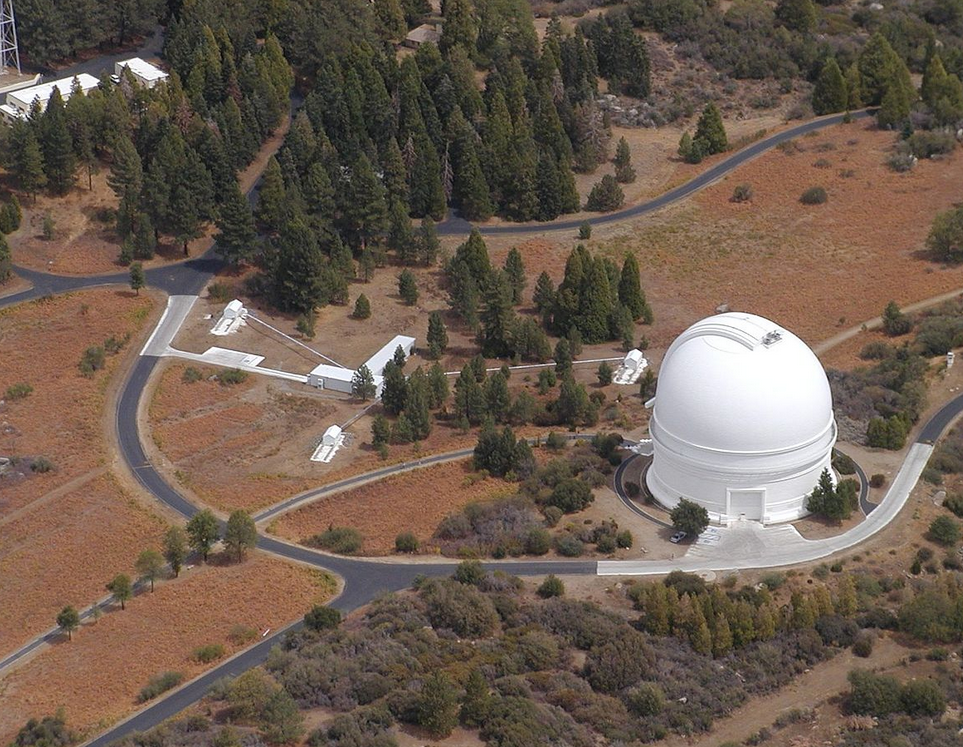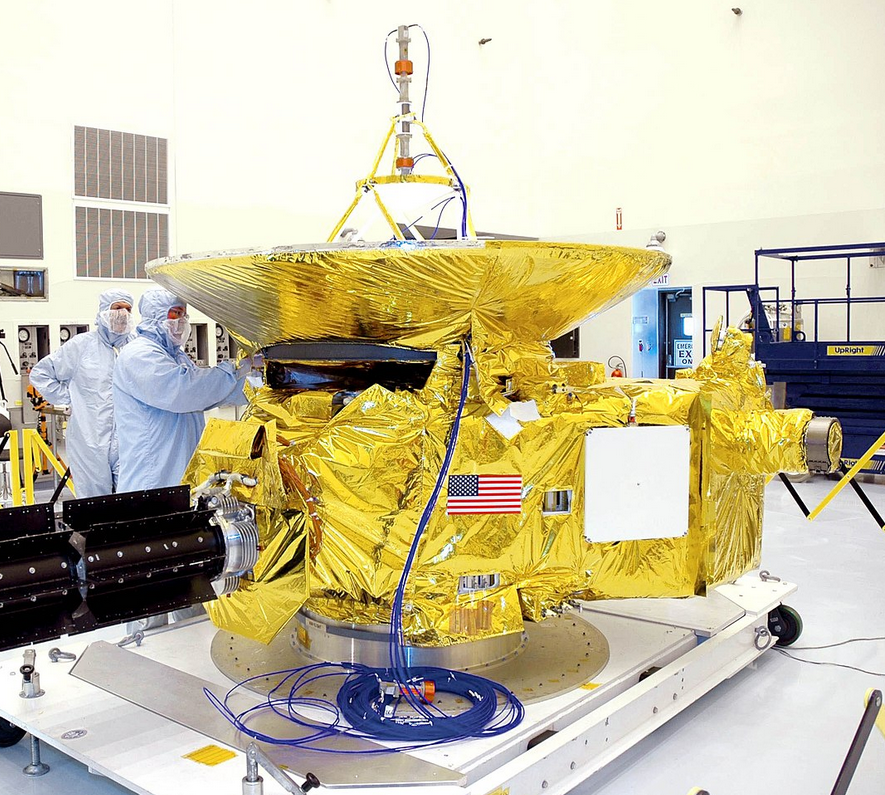Distances in our solar system are mind boggling especially when we consider that the circumference of our own planet is 24,901 miles. We see that as massive but compared to the sizes of other planets and their distances from us this is miniscule.
What Is Makemake?
Beyond Neptune in our solar system is a donut-shaped region of icy bodies known as the Kuiper Belt. This region is home to several so-called dwarf planets such as Eris Haumea and of course the subject of our article, Makemake.

The most famous dwarf planet in our solar system is Pluto which for years was considered the ninth planet but has since been downgraded. Makemake is the second largest object in the Kuiper Belt after Eris.
It was in fact the discovery of Makemake and Eris that would cause the International Astronomical Union to rethink what it means to be a planet. Three basic rules were laid out to define what a planet was and all of them must be met to meet the definition. These are:
- The object must orbit the sun
- It must be large enough to be rounded by its own gravity
- It must have cleared the neighborhood around its orbit
If any prospective planet does not meet all three then it falls into the Dwarf planet category. Essentially if Makemake and Eris had remained undiscovered Pluto may still be considered a planet although probably still a disputed one.
Makemake’s Structure
This is a small dwarf planet with a radius of roughly 444 miles, about 1/9th that of the planet Earth. Like most of the bodies in the Kuiper belt it formed from gas and dust being pulled in by gravity. Due to its size and vast distance from us we can not see many details of Makemake although its surface appears a reddish-brown color.

It is thought that it might be similar to fellow Dwarf planet Pluto. Scientists have been able to detect the likely presence of pellets of frozen methane and ethane. These pellets may be as big as half an inch in diameter. And they likely cover the surface of Makemake.
Atmosphere
Again Makemake is very far away and small so it is hard to be certain but scientists think that it may have at least a thin atmosphere. It may only really form when Makemake is at its closest to the Sun and it would consist of largely nitrogen.
Does Makemake Have Moons?
Despite being so small Makemake does have one known moon nicknamed MK2 although its official designation is S/2015 (136472) 1. It is apparently hard to see due to its small size but it does orbit roughly 13,000 miles from Makemake and has an estimated radius of just 50 miles.
History of the Observation of Makemake
Makemake is so far away from earth that unlike 7 of our solar system’s planets we can not see it with the naked eye. Even with the advent of telescopes it would still take hundreds of years to first image and then discover the existence of Makemake.
It was a team made up of Michael E. Brown, Chad Trujillo, and David Rabinowitz who were reviewing images captured on October 21st 2003 using the 1.2 m Samuel Oschin Schmidt telescope at Palomar Observatory, California. It was over a year after the images were taken that this group on January 5th 2005 discovered the presence of Makemake as well as other planetary objects such as Eris (same day) and Haumea (found 2 days earlier).

The reason Makemake was not immediately identified is because it was moving too slowly. The software used would not detect movement slower than 1.5 arcseconds per hour so although Makemake was moving across the sky this was not flagged.
The team did not immediately report their findings as they wanted to observe more about the potential orbit before going public. On July 27th 2005 however a Spanish team announced the discovery of Haumea which led the group to announce their other two discoveries at the risk of being scooped yet again by the team from Spain.
Interestingly, Makemake was recorded on several occasions before its actual discovery on photographic plates. It was not until experts reviewed older plates in search of potential information for the discovery that they noticed its presence. Digitized survey plates from Palomar Observatory showed Makemake captured on January 29th 1955 and May 1st 1998.
It is the brightest trans-Neptunian object after Pluto so technically would have been bright enough to have been seen by Clyde Tombaugh’s 1934 search for objects beyond Neptune. At the time however, conditions and its position in the night sky was such that it would have been drowned out by a dense background of stars.
Originally designated 2005 FY9 and codenamed Easter bunny due its discovery close to that Christian holiday Makemake like many other notable bodies in space was named for a deity. In this case the name comes from the creator deity of the native peoples of Easter Island. The Rapa Nui worshipped the god Makemake as the creator of humanity and god of fertility.
Space Exploration
In May of 2020 the New Horizons spacecraft which did a flyby of Pluto was able to make some observations of Makemake. Despite being further away from Makemake than it was from its own start point on Earth it was able to observe things that we could not hope to do so from our own planet.

There have been multiple proposed projects to try and make a flyby of Makemake and further exploration of the Kuiper belt although none are planned in the near future. It is estimated it would take 24.66 years using a Jupiter gravity assist to make the journey to Makemake for a flyby.
How Far Is Makemake from Earth?
Makemake orbits the Sun at a different rate than Earth so at different times the two planets can be separated by vastly differing distances. They range from between 7 – 8 billion kilometers apart roughly depending on their respective orbits. The next time Earth and Makemake will be at their closest is estimated to be June 11th 2100.
Final Thoughts
Makemake is the second largest body in the Kuiper belt and is considered a Dwarf planet, a classification created based on its discovery alongside others of its kind deep into our solar system. With our current technology it would take 16 years to perform a flyby of Makemake covering billions of miles throughout our solar system.
